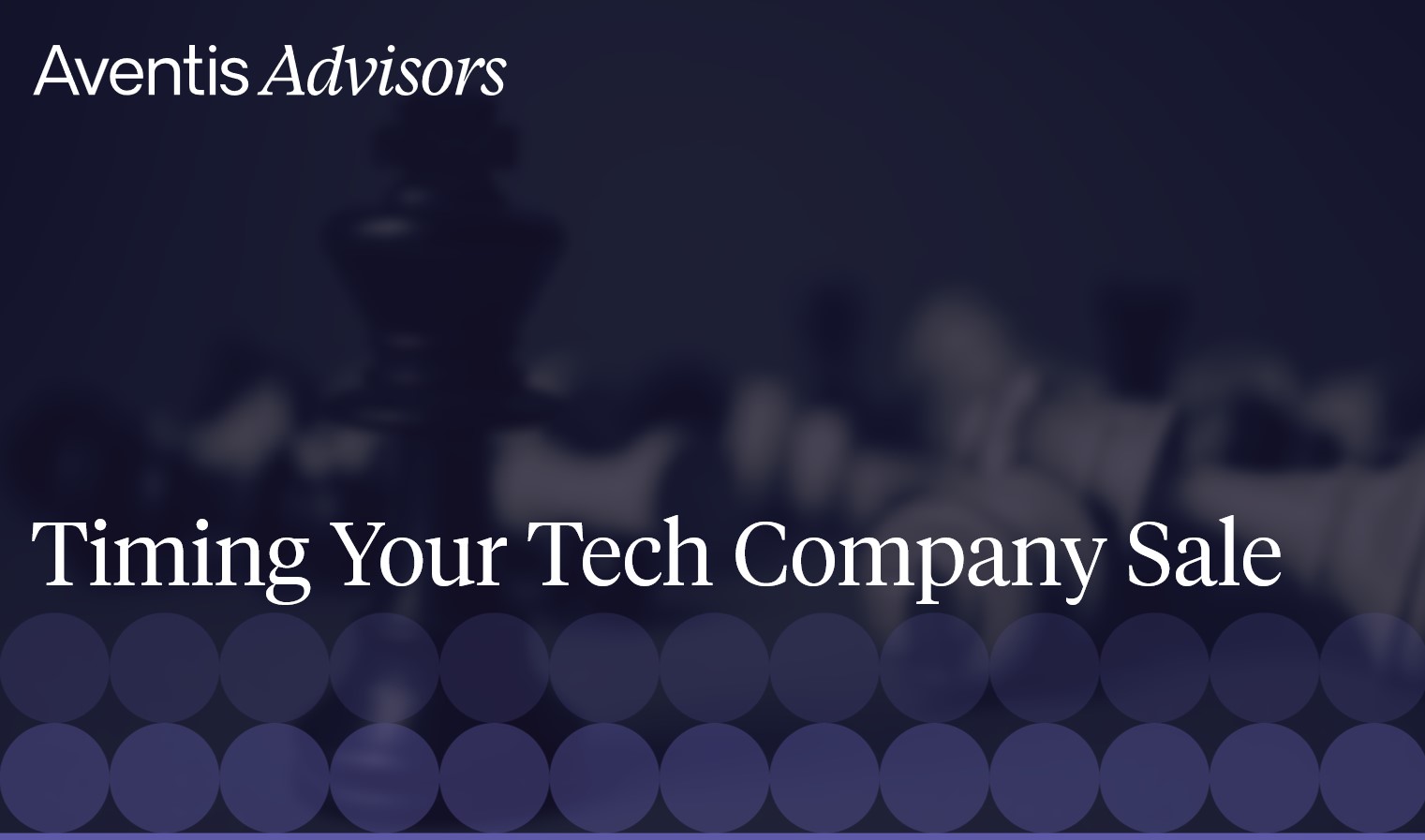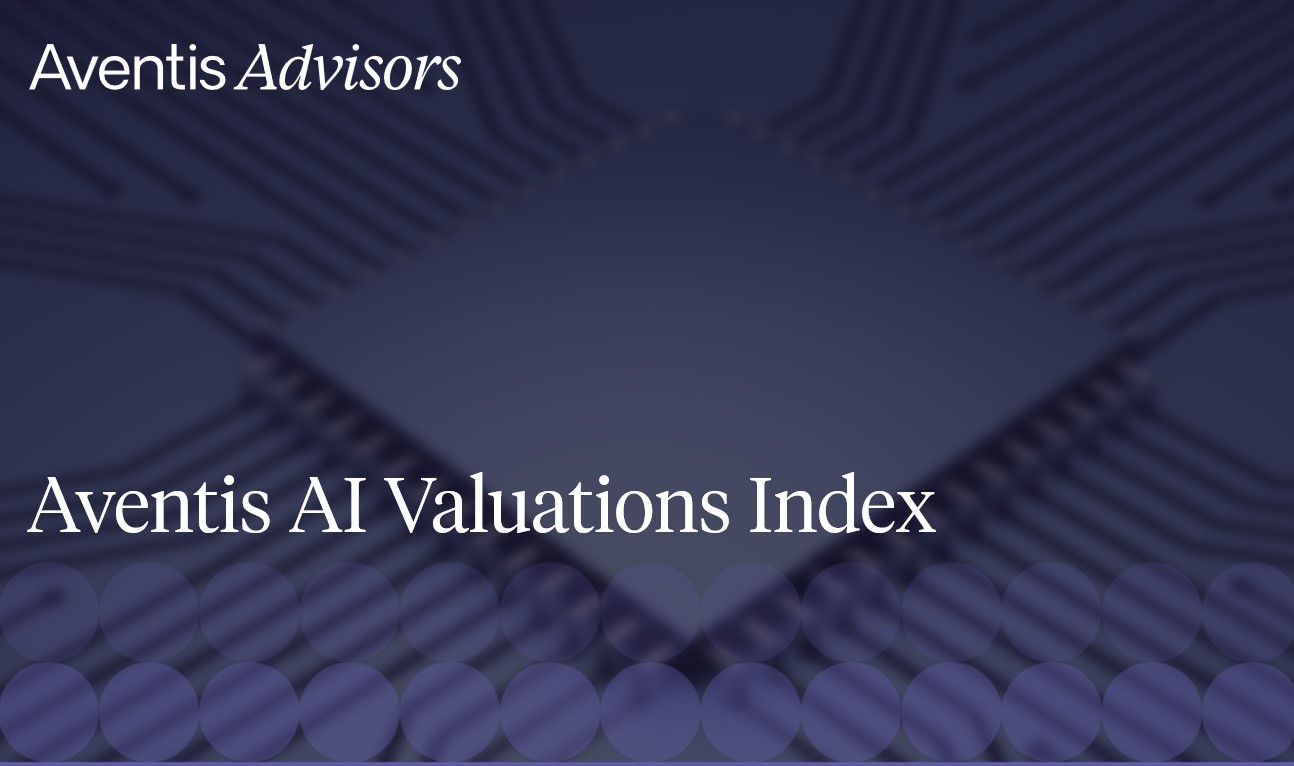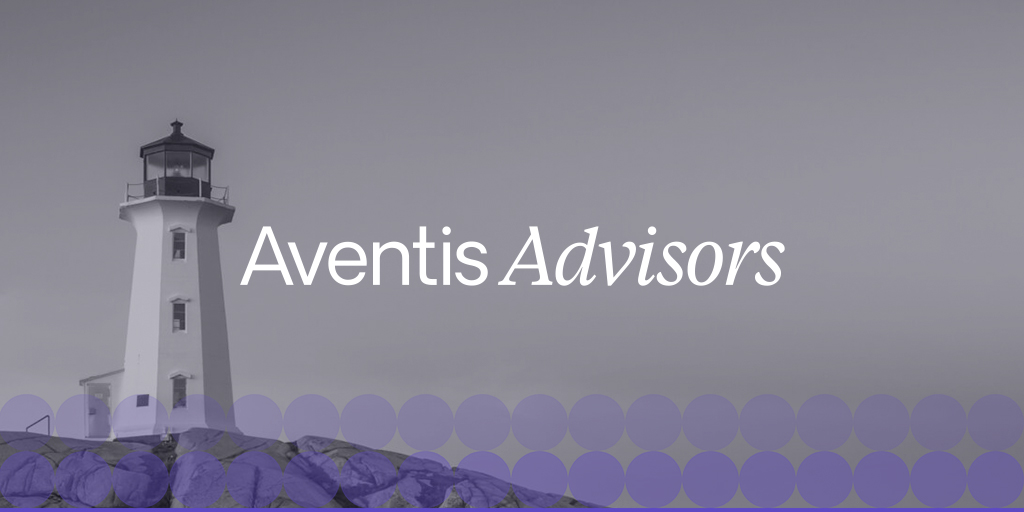The Testing, Inspection, and Certification (TIC) sector has emerged as a strategic focus for private equity and corporate acquirers seeking exposure to regulated, recurring, and increasingly digital infrastructure. TIC companies, serving industries from food safety to clean energy and artificial intelligence, now intersect with regulatory compliance, supply chain resilience, and operational transparency.
We analyzed over 1,300 M&A transactions in TIC transactions between 2015 and mid-2025, using Capital IQ data and Aventis Advisors’ proprietary TIC classification. The results show remarkable consistency in annual deal volumes and several insights into valuations.
This consistency speaks to the essential nature of TIC services. Regardless of the economic cycle, businesses and regulators demand independent validation, testing, and certification. However, beneath the surface of stable volume, M&A dynamics have evolved. Private equity funds are increasingly focused on platform roll-ups, strategic acquirers target digital workflows, and premium multiples are concentrated around specialized, scalable TIC businesses.
This article dissects the M&A activity in the TIC market over the past 10 years, breaking it down by geography, buyer type, deal size, and valuation profile. It also explores the evolving characteristics of premium TIC targets and highlights the strategies driving growth and consolidation in the space.
Table of contents
- Deal activity
- Deals by target country
- Strategic vs. financial buyers
- TIC company valuation multiples
- 10 years in TIC M&A valuations
- About Aventis
Deal activity
Over the past decade, the Testing, Inspection, and Certification (TIC) sector has maintained a steady and healthy pace of M&A activity. Based on our analysis of more than 1,300 transactions between 2015 and H1 2025 (sourced from Capital IQ and our own TIC classification methodology), annual deal count has hovered between 110 and 150 deals per year, with no primary boom-and-bust cycles.
This consistency reflects the sector’s long-term fundamentals: a fragmented market structure, regulatory-driven demand, and increasing cross-border requirements for safety, quality, and compliance. Unlike cyclical industries, TIC companies operate at the intersection of industrial infrastructure, consumer trust, and public health, making them attractive assets across market cycles.
Our data reveals an average of 131 TIC transactions per year, with annual deal volume fluctuating within a relatively narrow range. Activity peaked at 144 deals in 2015 and dipped to a low of 108 in 2020, reflecting temporary pandemic-related disruptions. This consistency underscores the sector’s structural resilience, driven not by hype cycles, but by steady demand for regulatory compliance, risk mitigation, and cross-border trade assurance.
The TIC industry’s resilience isn’t about dramatic growth spurts but consistency. Even in more challenging macroeconomic years like 2020 (COVID-19) and 2024 (tight credit, lower sponsor activity), deal flow persisted. Buyers remained active, with strategic consolidators and private equity investors continuing to pursue bolt-ons and platforms across fragmented markets.
In 2023, 132 deals were recorded, remarkably close to the long-term average. H1 2025 started more slowly, with 53 deals in the first six months. If this pace continues, the year may land below trend. However, this aligns with broader private market dynamics observed across adjacent service industries.
As we’ll explore in the following sections, the consistency of TIC M&A volumes masks important trends beneath the surface. These include who’s buying, what drives premiums, and how geography and scale shape deal outcomes.
Deals by target country
While the TIC sector may not grow explosively, the past decade of M&A activity shows a clear pattern in geography. The United States has been the undisputed epicenter of dealmaking, with 526 transactions between 2015 and H1 2025, more than triple the volume of the second-largest contributor, the United Kingdom with 145 deals.
This U.S. dominance is no coincidence. Many TIC companies in North America operate across highly regulated end-markets like food, energy, healthcare, and infrastructure, which makes them attractive acquisition targets. Combined with market scale and a mature PE landscape, the U.S. remains the go-to region for both platforms and bolt-ons.
After the U.S. and the UK, activity tails off quickly. China (84), Canada (63), Germany (58), and France (52) round out the next tier of TIC M&A hubs. Southern Europe shows moderate activity, led by Spain (41) and Italy (37), while the Nordics (Sweden, Netherlands) remain relatively quieter in terms of disclosed deals.
Key takeaways:
- North America leads TIC deal volumes, reflecting a combination of scale, regulatory complexity, and buyer familiarity.
- Europe is highly fragmented, with deals distributed across many countries but concentrated in major economies like the UK, Germany, and France.
- Asia shows potential, but volumes remain well below those of Western markets; likely due to lower disclosure rates, differing regulatory frameworks, and fewer buy-and-build platforms.
The chart below summarizes the distribution:
For business owners in smaller markets, these dynamics offer acquisition upside for cross-border buyers. While local TIC firms may attract fewer inbound approaches, their scarcity can be a strength, especially for international buyers seeking access to specific geographies or regulatory frameworks.
Strategic vs. financial buyers
The TIC industry has long attracted strategic buyers, global networks aiming to deepen sector presence, expand into adjacent verticals or strengthen regulatory coverage. However, over the past decade, a clear shift has occurred: private equity investors are capturing an increasingly large share of TIC deal activity
As the chart below shows, the proportion of deals led by PE funds rose from 22% in 2015 to 36% in H1 2025. That shift reflects structural changes in the market and the growing playbook of buy-and-build strategies aimed at consolidating this fragmented industry.
Why PE Loves TIC
The TIC sector has many of the ingredients PE investors look for:
- Predictable, recurring revenues from contract-based testing and inspection work
- Asset-light models with attractive cash conversion and scalability
- Mission-critical services that embed companies in customer supply chains
- Opportunities for geographic and sectoral roll-ups due to market fragmentation
As a result, sponsor-backed platforms have proliferated, especially in sub-segments like industrial certification, food safety, environmental testing, and life sciences QA.
From 2015 to 2018, PE activity hovered around 20–25% of annual deal flow, with strategic acquirers still dominating the landscape. However, as more funds were raised, dedicated capital for regulated and infrastructure-adjacent assets began to shift.
By 2020, PE share jumped to 33%, even amid pandemic-driven uncertainty. In the following years, it remained above 25% annually, culminating in an all-time high of 36% in the first half of 2025, based on Capital IQ and Aventis Advisors’ data.
Sponsor-Led Platforms on the Rise
TodaySome private equity firms execute multi-country roll-ups, combining regional labs with digital systems and unified branding. Others focus on vertical integration, acquiring both testing capacity and software tools for quality assurance and compliance reporting.
Recent industry reports highlight growing momentum in cross-border bolt-on acquisitions, particularly involving U.S. targets acquired by European consolidators.
This shift carries important implications for founders and management teams. In many cases, the decision is no longer simply to sell or stay. Instead, it often involves partnering with a fund to scale first, then considering a second exit later.
TIC company valuation multiples
In the TIC industry, deal size remains a key determinant of valuation multiples. Our analysis confirms a well-established pattern in M&A: larger targets command higher multiples, not only because of scale but also due to their strategic relevance, recurring revenue, and lower execution risk.
From our sample of disclosed deals, median EV/EBITDA multiples increase steadily with deal size:
- Deals below $25M in enterprise value typically trade at 6–8x EBITDA, reflecting smaller, regional labs with limited service breadth and weaker customer stickiness.
- Deals between $25M and $100M see a jump in valuations, often reaching 9–10x, especially for targets with sector specialization or strong regulatory positioning.
- Larger deals ($100M–250M) attract 11–12x multiples, bolstered by platform-ready infrastructure, blue-chip client bases, and international certifications.
- Transactions over $250M consistently push toward the 14–16x range; a premium tied to scarcity, multi-country footprint, and digitized operations.
The spread is significant and structural. Buyers, mainly private equity funds, are willing to pay for scale, operational leverage, and entry into regulated, high-barrier verticals like healthcare, renewables, and AI-enabled risk management.
At the same time, the lower end of the market remains attractive for bolt-on strategies, albeit at discounted valuations. For founders of smaller TIC businesses, this highlights a clear strategic path: building scale and differentiation remains the most reliable way to access premium valuation bands.
10 Years of TIC M&A Valuations
Despite a fragmented market landscape, valuation benchmarks in the TIC sector have become more consistent over time, especially for assets that demonstrate revenue visibility, specialization, and regulatory exposure.
Based on our proprietary screening of Capital IQ data and Aventis Advisors’ TIC classification, the following multiples reflect typical pricing levels in recent M&A transactions:
The data confirms what experienced buyers and founders in the TIC space already recognize:
- Revenue quality matters
Buyers consistently pay more for firms with long-term contracts, low churn, and embedded relationships in high-compliance industries (e.g., food, medical devices, infrastructure). - Profitability drives the top tier
Companies trading at 20x EBIT combine margin strength with strategic differentiation, such as digital workflows, proprietary protocols, or global customer access. - Valuation outliers reflect just how varied TIC profiles can be
The wide spread between quartiles reflects how variable TIC company profiles can be. Local labs with basic ISO 9001 testing services will trade differently than multi-vertical players serving industrial or AI-driven applications.
These numbers offer a directional reference for business owners considering a transaction, but actual value depends on the strategic narrative, underlying economics, and competitive alternatives in your specific niche. We advise looking at multiples not as a fixed “price tag,” but as an outcome of positioning, growth levers, and buyer fit.
Looking ahead, TIC M&A is unlikely to deliver headline-making volume spikes, but for investors seeking resilient, compliance-driven businesses, the sector remains one of the most dependable in private markets. Differentiation and scale will define the next generation of winners.
Why You Should Partner with a TIC M&A Advisor
Valuations in the TIC sector depend on more than just financials, as buyers reward specialization, scale, and strategic fit. However, every TIC business is different, and navigating a sale requires sector-specific expertise.
An experienced TIC M&A advisor helps position your business effectively, runs a competitive process, and manages diligence to maximize value. While you focus on serving clients, they handle the deal, ensuring you secure the right partner at the right terms.
About Aventis Advisors
Aventis Advisors is an M&A advisory firm focused on technology and growth sectors, including Testing, Inspection, and Certification. We’ve analyzed over a thousand TIC transactions and advised founders across Europe and North America on strategic exits, roll-ups, and growth capital solutions.
Our approach is straightforward: we prioritize quality over quantity. That means fewer deals, executed with care and insight, and complete alignment with the founder’s goals.
If you’re considering a sale or exploring strategic options, we’re here to help you move forward with clarity and confidence.



